The Oslo 2 era
Concerning the image and functioning of the PLO after the Oslo negotiating process, it had, in fact, a negative political effect. The Political Department of the PLO was left in Tunis when the rest of the organization was transferred to the Occupied Territories. Basically, the PLO’s leader Y. Arafat became accused of treachery by many Arabs concerning his political concessions given to Israel in Oslo. Consequently, within the PLO was formed several oppositional groups to Y. Arafat’s leadership who claimed that his wisdom of the concessions to Israel in Oslo was anti-Palestinian as the Palestinians in return from Israel got only a small presence in the West Bank and the Gaza Strip from which to secure the remainder of the Occupied Territories (in the 1967 Six-Day War). Nevertheless, on the other hand, in order to secure the remainder of the Occupied Territories the PLO needed continued Palestinian political support, support by international donors, and support by Palestinian police (security) forces. It was such an assumption that those needed supports would strengthen the personal position of Y. Arafat during the negotiations with Israel about the Final Status in the recent future.
The Israeli policy after the Oslo 2 Agreement (signed in September 1995), however, was not going to the favor of the popularity of Y. Arafat as the Zionist Government continued to arrest and eliminate the Palestinian “terrorists” using the methods of targeted assassinations and collective punishments in the West Bank and the Gaza Strip. The deepening opposition within the PLO was a result of the lack of vision and political strategy to be used for developing a democratic independent state of Palestine within the changed conditions after the Oslo 2 Agreement as well as. Developing the concept of law-based democracy and democratic institutions in Palestine would inevitably strengthen the negotiating position of the Palestinian side vs Israel. However, instead, Y. Arafat’s PLO found itself after September 1995 increasingly pushed into pursuing Israel’s internal security requirements. But the crucial point was that those requirements did not satisfy the Israeli Government nor strengthen the political position of both Y. Arafat and the PLO.
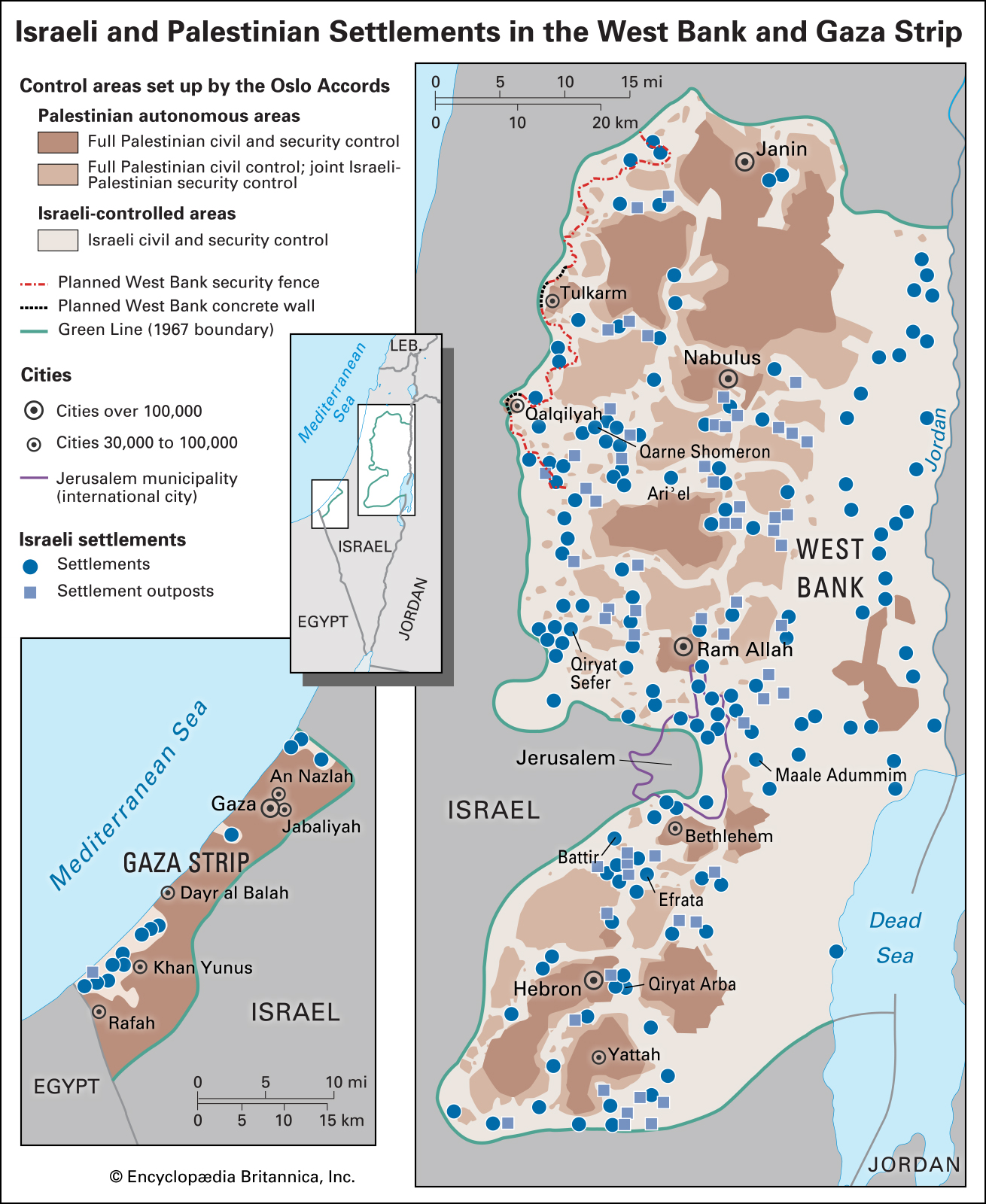
As a matter of fact, when the Palestinian Authority was established in 1994, it had to exist together with the PLO. The Palestinians have been concerning the question of the functioning of the Palestinian Authority enough organized and united which is an important fact with regard to the international recognition of the Palestinian state in the future.[i] At the beginning after the Oslo 2 Agreement, prospects for a final peace settlement between the PLO and the Israeli Government have been promising but the negotiations soon became found themselves in a stalemate mainly due to the next three factors:
- Effective third-party involvement foundered on the inability of the American administration, for domestic and strategic reasons, to mediate impartially (i.e., not to support Israel).
- The EU’s inability to create a common policy on the issues and its reluctance to stand in opposition to the USA.
- The conditions in the West Bank and the Gaza Strip dramatically became worsen and culminated in an escalating level of violence by both sides.
In July 2000, US President Bill Clinton (“the Butcher of Serbia”) invited Ehud Barak and Yasser Arafat to Camp David for the purpose to negotiate the final status agreement of the Occupied Territories. However, before the meeting even started in Camp David, the Israeli PM, E. Barak officially announced among other things that Israel would not return to its pre-1967 Six-Day War. During the talks, the difference between Israeli and Palestinian representatives was obvious in particular concerning the status of Jerusalem and Palestinian refugees and, therefore, it was in the practice impossible to make any deal. E. Barak in comparison with other Israeli negotiators indeed offered to Y. Arafat a far more extensive plan for Israeli withdrawal from the West Bank but on the other hand, he stubbornly insisted on Israeli sovereignty over East Jerusalem. Such E. Barak’s position became finally unacceptable to both the Palestinian leadership and Arab/Muslim nations across the globe.
The Palestinian representative Y. Arafat left Camp David as a victorious politician in the eyes of Arabs for the very reason that he did not surrender to the US and Israeli diplomatic pressure. E. Barak’s coalition partners in the Knesset left the Government who felt that he offered to Y. Arafat too much. Nevertheless, the Zionist taboo on discussing the status of Jerusalem was ultimately broken in Camp David. The main consequence of the 2000 Camp David II Summit was the fact that the majority of Israelis finally understood that Israel would never reach peace with the Palestinians if it insisted on strictly imposing the Zionist terms on the Palestinians. In such a case, Israel will have to live with the constant conflict with the Arabs.[ii]
The post-2000 Camp David II time
The security forces of both sides on the Occupied Territories have been unequal with the crucial advantage lying on the side of Israel. It was believed by the Israeli authorities that the Palestinian attacks on the territory of Israel have been orchestrated by Y. Arafat – the President of the Palestinian Authority. A new phase of political problems started in April 2002 when Israeli forces re-invaded the Palestinian autonomous towns administered by the Palestinian Authority in the West Bank. That was the beginning of the process of destroying the foundations for the creation and functioning of the future independent state of Palestine. The leader of PLO Y. Arafat was, in fact, arrested (put to home imprisonment) in his HQ in the town of Ramallah, until his final illness for the sake to call off the Palestinian violence.
While Y. Arafat governed an extremely poor and disparate territory, he did little to create structures that would offer hope to a violence-torn and impoverished Palestinians. Therefore, he indirectly contributed to his increasingly difficult position between the Palestinian population impatient for the independence of Palestinian national state, and ready for more violence, and an Israeli Government which since Yitzhak Rabin’s assassination on November 4th, 1995 had lost its readiness in dealing with the PLO as the Palestinian representative-political body. After the Oslo 2 Agreement, the PLO failed to build a civilian and legal political and democratic infrastructure within the areas of its authority of the Palestinian authority. More seriously, the PLO became accused by several international donors of the misuse of financial support to the Palestinian Authority. Mahmoud Abbas (Abu Mazen) became a new leader of the PLO in 2004 after the death of Y. Arafat (b. 1929).[iii]
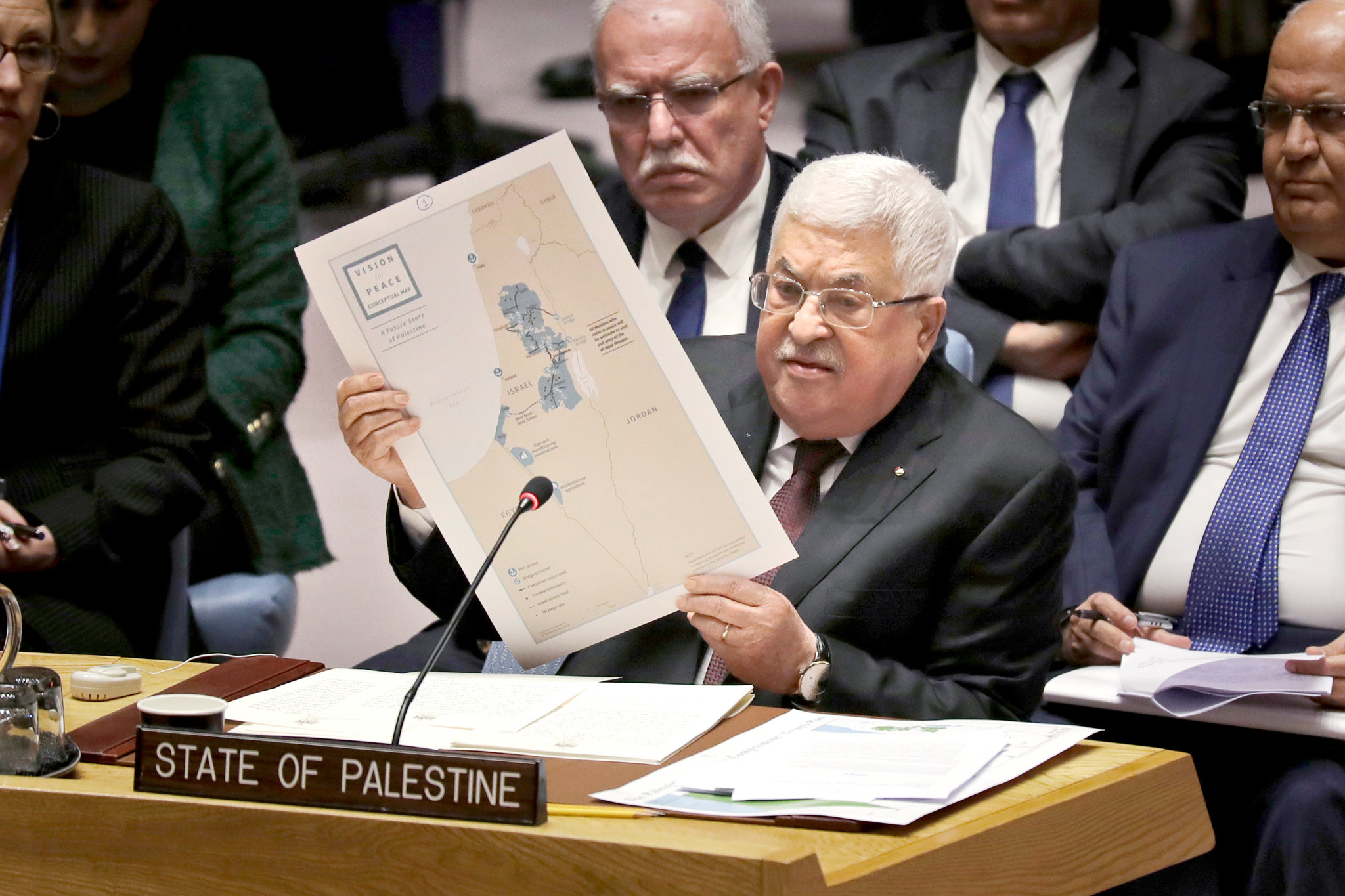
After the death of Y. Arafat in November 2004, the Fatah movement was becoming gradually weakening following as well as the weakening of the Fatah administration over the Palestinian Authority in the West Bank and the Gaza Strip as a consequence of the rising of the Hamas popularity and prominence among the Palestinians who opted to more radical faction compared to the PLO. Another problem was the Israeli construction of a separation barrier through much of the West Bank which, in fact, cut-off or at least disrupted the communication between the Palestinian communities. Additionally, disengagement from the Gaza Strip was challenged by rocket attacks on Israel.
In 2006, as a consequence of incursions into the Israeli territory which led to the killing and kidnapping of the Israeli soldiers, the Israeli Government started with military attacks on the territories of South Lebanon and the Gaza Strip. In essence, the political-diplomatic gap between Israel and the Palestinian Authority became much wider. The Zionist Government of Israel wanted the violence to stop before the negotiations about the final status of the Occupied Territories would start. At the same time, the Israeli Government was unwilling to consider the previous negotiations with the PLO of Camp David II and the B. Clinton’s proposals. The PLO, having lost the full support of the Palestinians over the decades of what for them seemed fruitless negotiations, was unable to restrain the violence without having something positive to offer from the Government of Israel which it was unwilling to give.
The 2006 elections for the Palestinian Authority
The Fatah political faction that was associated with the PLO leadership of Y. Arafat, became heavily defeated in the 2006 legislative council elections for the Palestinian Authority for the very reason that the majority of the Palestinians voted for the more radical Hamas which after the elections took political control over the Palestinian Authority. There were two focal reasons which led to the elections of Hamas in 2006 – the elections that led to the beginning of the end of the crucial PLO’s political influence over the Palestinians in the Occupied Territories:
- The increasing differences between the Palestinian Authority and its opposition foundation.
- The widespread dissatisfaction over the failure of the peace process led to the election of Hamas.
Consequently, the political conflict between Hamas and Fatah (in fact, the PLO) started and it was not resolved despite efforts at mediation by Egypt, Qatar, and Switzerland. The victory of Hamas in the Palestinian Legislative Council elections in 2006 led, nevertheless, to the imposition of international (pro-Israeli) economic and political sanctions, which in turn undermined the viability of the Palestinian Authority. Soon, sharp confrontation emerged between the Palestinian supporters of Y. Arafat’s Fatah and oppositionist radical Hamas, as a result of the legitimacy and authority of the Palestinian Authority was challenged by the Palestinians, the Israeli Government, and the part of the international community.
Mahmoud Abbas was elected President of the Palestinian Authority in January 2005 after the death of Y. Arafat mainly due to the crucial support by his Fatah party. Next year in January, was organized elections for the Palestinian Legislative Council. The results of the elections surprised many and even for the Israeli Government became extremely dangerous as Hamas won a majority of 77/122 mandates. Hamas’s victory over Fatah (second place) in the popular vote, however, was much narrower: 44.45% vs 41.43%. Nevertheless, it became clear that political affiliations among the Palestinians drastically changed in the favor of radical fundamentalist approach.
There were announced three conditions for participation in internationally organized negotiations between the Palestinian Authority and the Israeli Government by the so-called Quartet (the USA, the UK, Russia, and the UNO):
- The Palestinians have been obliged to accept Israel as an internationally recognized state.
- All sides have to accept all previous agreements signed between Israel and the Palestinian representatives.
- All sides had to reject the use of violence as the means to achieve political tasks.
After the 2006 elections, the winning Hamas officially announced its willingness to the extent of a ceasefire with the Zionist Government of Israel. Nevertheless, Hamas’ participation in the elections for the Palestinian Authority was a clear message that this radical organization accepted at least de facto the Oslo accords for the very reason that exactly the agreements in Oslo founded the Palestinian Authority. Additionally, what is of crucial importance in this case of Hamas-Israeli relations, the official top Hamas’ representatives announced that Hamas did not oppose the peace plan from 2002 by the Arab League which offer to recognize the Zionist Israel as an independent state but not necessary only in the case that such recognition can come as a result of the Israeli recognition of the Palestinian rights.
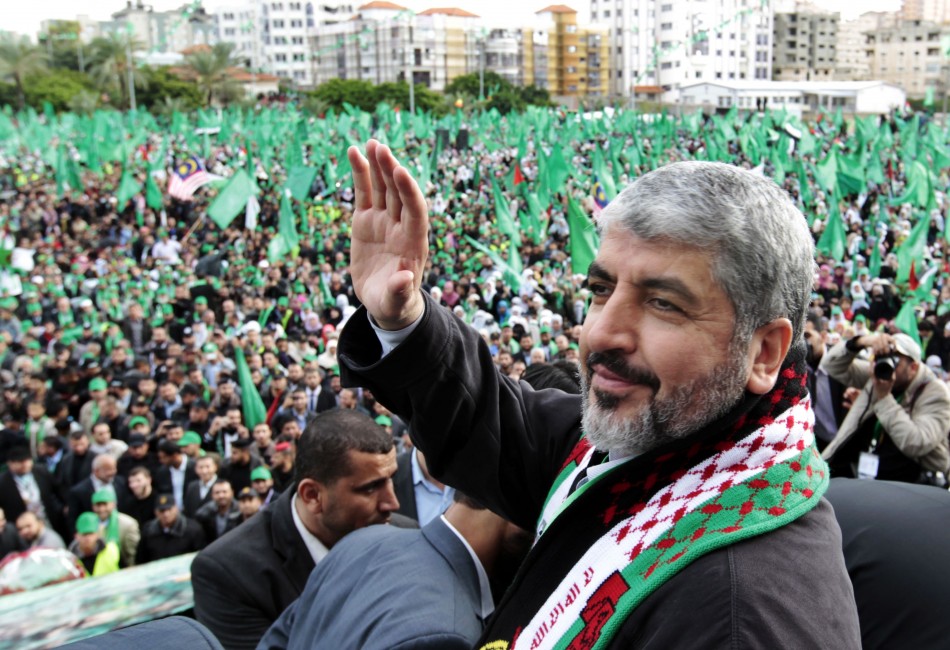
As a matter of response to the victory of Hamas in the 2006 elections, the Quarter cut off its financial support for the Palestinian Authority followed by the Israeli stopping of the collection of the taxation on behalf of the Palestinian Authority. The issue was that this tax revenue was contributing over 50% of the budget of the Palestinian Authority and, therefore, such Israeli measures tremendously weakened the already ruined Palestinian economy. Consequently, since 2006, the Palestinian Authority usually was not able to pay salaries and pensions on time or in full. The US administration simply ignored the full legitimacy of the electoral victory of Hamas in free elections and granted $84 million in a form of military support for the sake of improving the combat ability of the Palestinian Presidential Guard which was fully loyal to M. Abbas. This move was supported by Israel. Additionally, the police forces of the Palestinian Autonomy in the West Bank were trained under the program’s umbrella offered and led by the US Marine administration.
The Gaza Strip and Hamas
Basically, after the 2006 elections for the Palestinian Authority, Fatah was working hand in hand with both US and Israeli authorities against Hamas. Consequently, in summer 2007, Fatah with a full blessing by the US organized a coup to oust Hamas from the Gaza Strip but Hamas preempted this dirty move and only after the bitter struggle succeeded to establish its sole control over the Gaza Strip. From that time onward, the Palestinian governance of the Gaza Strip and the West Bank was divided between Hamas and Fatah but the popularity of Hamas among the Palestinians in comparison to Fatah was increasing constantly especially after Israel’s siege of the Gaza Strip after September 19th, 2007 when the Government of Israel proclaimed the Gaza Strip as hostile land to Israel. Israel transformed Gaza into the concentration camp under blockade with the full support of Egypt under President Hosni Mubarak who late during the Arab Spring had to pay a high price for his treachery like Anwar el-Sadat in 1981. Israel assaulted the Gaza Strip in 2008, 2009, and 2012 in order to destroy Hamas but such actions only enhanced Hamas’ position and popularity among Palestinians either in the Gaza Strip or the West Bank. This popularity was growing, in fact, against Fatah which was during Yasser Arafat the core party of the PLO. Even many of the Arab nations and organizations started to support Hamas instead of Fatah and the PLO. Today it is clear that Hamas has better positions than Fatah/PLO among the Palestinians. It seems that the historical role of Fatah/PLO in fighting for Palestinian rights and statehood already passed to the hands of Hamas.
Reposts are welcomed with the reference to ORIENTAL REVIEW.
Endnotes:
[i] See more in [Brynjar Lia, A Police Force Without a State: A History of the Palestinian Security Forces in the West Bank and Gaza, Reading: Ithaca Press, 1999; Brynjar Lia, Building Arafat’s Police: The Politics of International Police Assistance in the Palestinian Territories after the Oslo Agreement, Reading: Ithaca Press, 2005].
[ii] About the 2000 Camp David II Summit, see in [Bruce Maddy-Weitzman, The Camp David Summit−What Went Wrong, Sussex Academic Press, 2005].
[iii] About M. Abbas, see in [Grant Rumley, Amir Tibon, The Last Palestinian: The Rise and Reign of Mahmoud Abbas, Amherst, NY: Prometheus, 2017]. About Y. Arafat and M. Abbas, see in [Jonathan Schanzer, State of Failure: Yasser Arafat, Mahmoud Abbas, and the unmaking of the Palestinian State, New York: St. Martin’s Press, 2013].
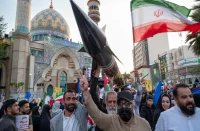
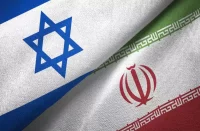




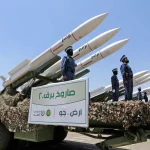







Comments